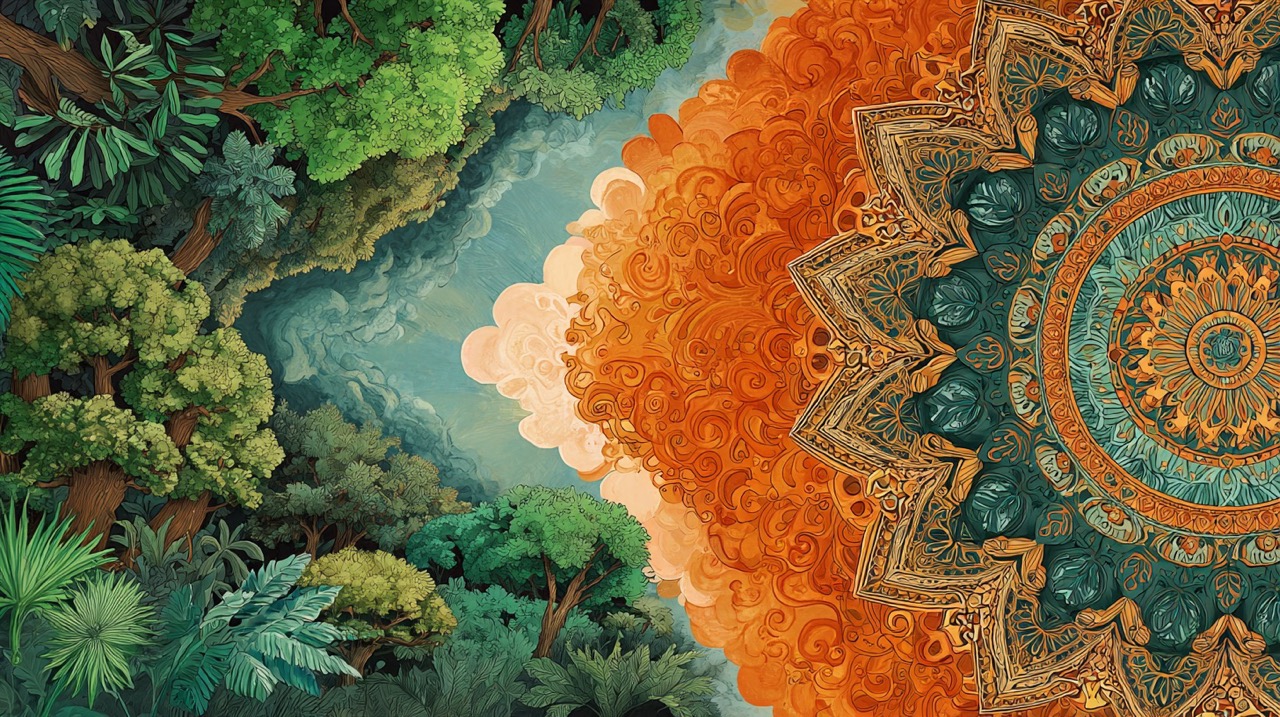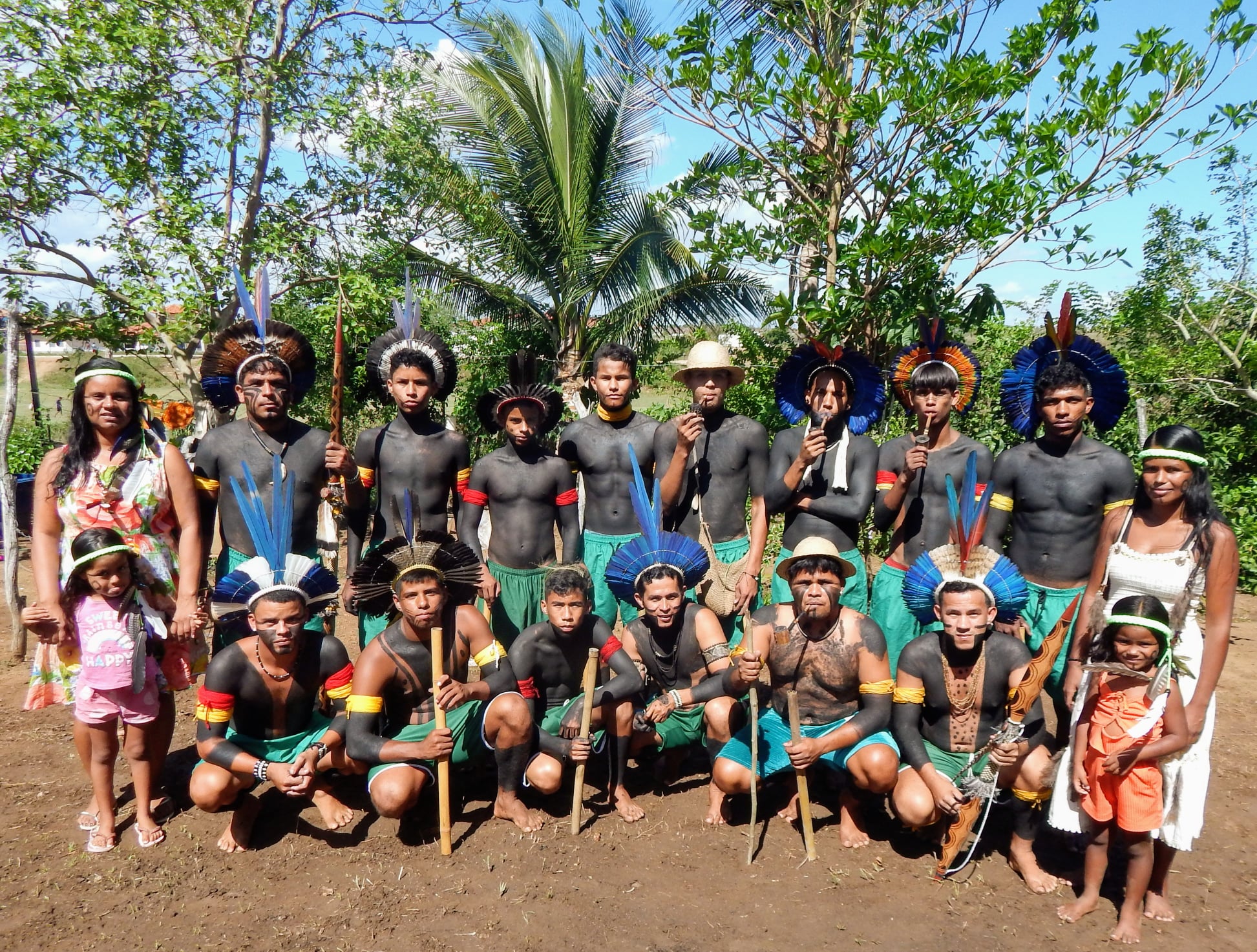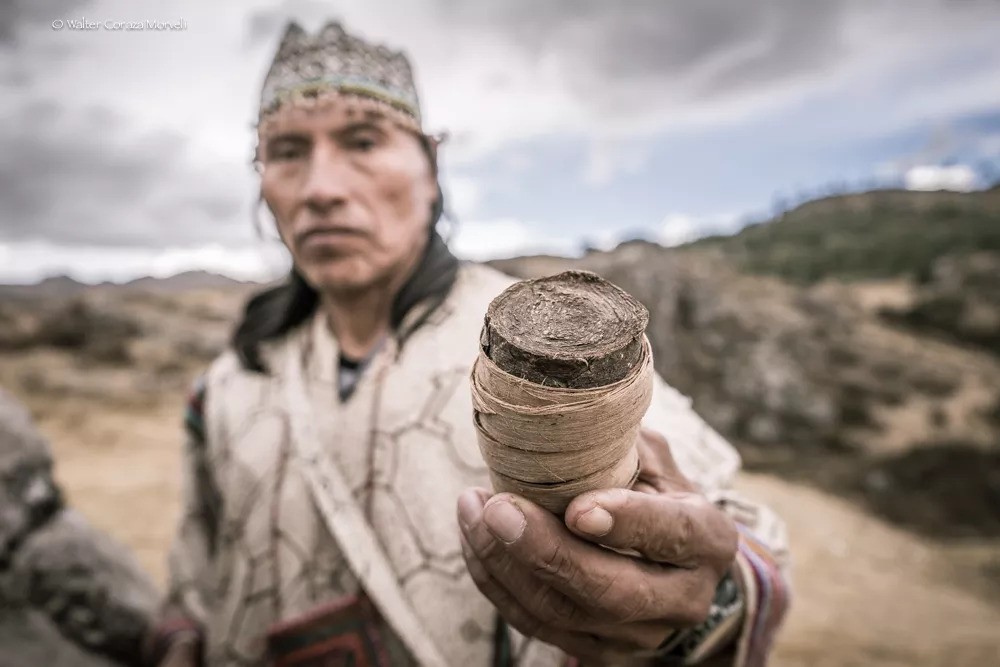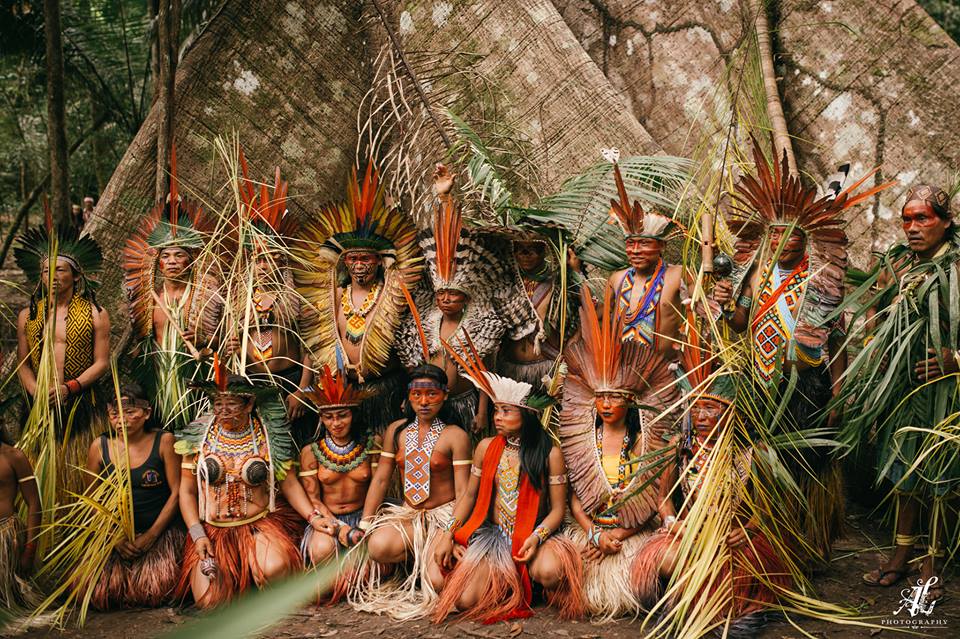
The Kaxinawa Tribe (Huni Kuin)
The Kaxinawá (Huni Kuin) people are the original inhabitants of Brazil and Peru. Their cities lie along the Purus and Curanja rivers in Peru and the Tarauacá, Jordão, Breu, Muru, Envira, Humaitã and Purus rivers. In the Peruvian Amazon jungle, some Kaxinawá live in the Alto Purús indigenous territory with Kulina individuals.
The Kaxinawá are also referred to as the Cashinauá, Caxinauá or Kashinawa people. The name is derived from kaxi or "bat" and nawa meaning "individuals" or "immigrants". Their autonym is Huni Kuin or "real men", from huni, "man" and kuin meaning "real". The Kaxinawá people speak the Kaxinawá language, which is a Panoyan language. They call their language Hancha Kuin, which means "true words". Only 5% to 10% of the Kaxinawá population in Peru speak Spanish and the literacy rate is low.
Hunting is of prime importance in Kaxinawá society. The Kaxinawá also fish, gather plant food and grow crops through "swidden", or burning (a temporary agricultural plot created by cutting down and burning vegetation cover). Rice actually became an export crop. Women weave baskets, thread beaded jewelry, create practical pottery, and weave hammocks and clothing. The men weave certain baskets, carve wooden tools, create feather and ritual ornaments, and make canoes and weapons such as spears, clubs, bows, and arrows. Shotguns are popular in hunting.
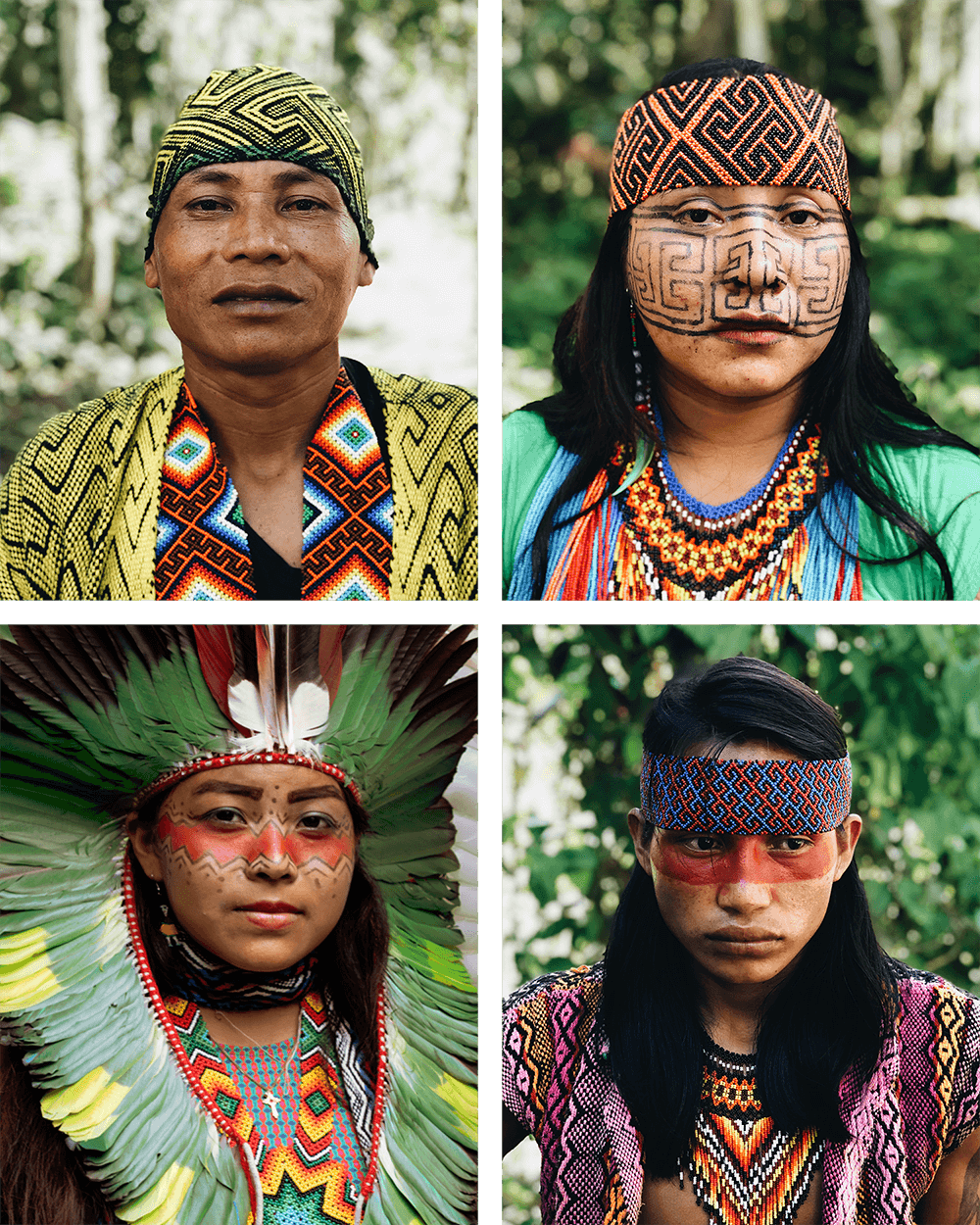
The Kaxinawa tribe belongs to the Pano language tribes, which move on the border between eastern Peru and western Brazil. Their villages are located around the Purus and Curanja rivers in the Peruvian country. Brazilian tribes can be found near the Tarauacá, Jordão, Breu, Muru, Envira, Humaitá and Purus rivers. Nowadays, almost all tribes are interconnected. There was a time when European explorers entered their territory in search of resources. One of these resources was latex or rubber, which foreign travelers soon began to collect from the Amazon rainforest. As a result of deforestation and the invasion of their land, the natives soon began attacking the invaders. Nevertheless, some tribes eagerly began exchanges with foreigners. As a result, the tribes began to separate more and more from each other, and it was not until the 20th century that they came back into contact.
The Kaxinawa people have a strong calling for a spirit they call "yuxin". According to their tradition, only a true shaman can connect the spirit of the tribe with the spirit of the forest and thus maintain a balanced communication between the two realities. According to their belief, only a true shaman can protect the village. Despite this, most native people believe that there are no real shamans around anymore, while there are still many apprentices to become initiates. To become a shaman, one must undergo a great transformation directed by the plant kingdom. By the end of their apprenticeship, they will be strong enough to heal and kill without using plants, but simply using their yuxin power. In these rituals and initiations, it is common to use ayahuasca in combination with special types of Rapé. Kaxinawa people have a lot of down clothing and usually paint their whole body during ceremonies.
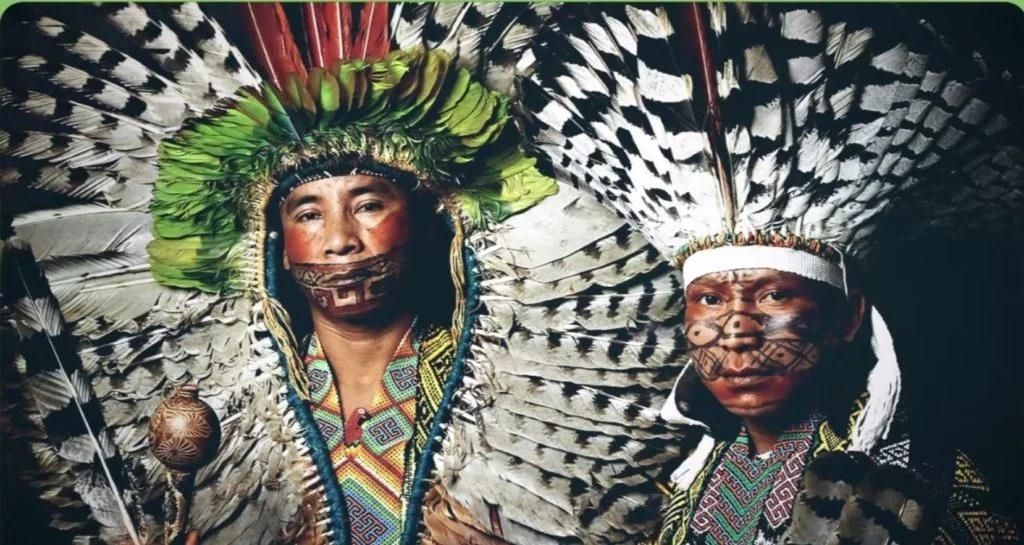
Huni Kuin tribe
Kaxinawa means bat people and is not used by the tribe itself. They call themselves Huni Kuin, which translates to "real man". There are many tribes around that are related and usually called "nawa" such as Yaminawa, Sharanawa, Mastanawa and other nawa tribes.
The Kaxinawá leader and former vice-mayor of Jordan (Acre), Siâ Kaxinawá, is a wise and highly respected shaman who vigorously advocates for his tribe in public and through organizations: he founded the União das Naçoes Indigenas (UNI/AC ) and ASKARJ and is a co-founder of the Alliance of Forest Nations and the International Council for Human Rights (IACHR). These organizations advocate for the rights of indigenous communities, as well as for human rights and the protection of the rainforest (Aya Conference 2014, Ibiza).
Rapé in the Kaxinawa tribe is used for a variety of purposes, such as relieving physical pain and headaches, clearing sinuses, and relieving colds. In addition, the Kaxinawa apply Rapé for mental healing, mostly in combination with chanting. Rapé connects the tribe to the spirits of the jungle and – depending on the exact ingredients – can heal, increase concentration, improve hunting, or be a link to the spiritual nature.
Haux haux!
This product is an insence and not ment for ingestion. We don't claim that this product has any healing properties. This natural product is offered for its ethnographic and historical value and is supplied without express or implied fitness for a particular purpose. All information provided is for educational, scientific, ethnographic and historical research purposes only. All products are sold as botanical samples only with no express or implied claims for a specific purpose or use. The use and use of this product is at the discretion, responsibility and risk of the customer.
Rapé and the Sacral Chakra: Unlocking Creativity, Sensuality & Life Energy
Rapé (also spelled hapé) is a sacred Amazonian medicine that has been used by indigenous tribes for centuries. In the West, it is becoming increasingly appreciated not just as a ritual plant, but a...
Kariri-Xocó tribe
The Kariri-Xocó: A Proud People Holding Space for Spirit and Tradition
Nestled along the banks of the great São Francisco River in the Brazilian state of Alagoas, the Kariri-Xocó community is...
How to Use Rapé: A Step-by-Step Guide
- Start with a pea-sized amount of Rapé in your palm. Consider a smaller amount if you are sensitive, have low pain tolerance, or if you’re new to Rapé. It is better to be underwhelmed and then ...
Mapacho: Sacred Tabaco and a Bridge to Spirit
Mapacho, also known as Nicotiana rustica, holds a deeply respected place in Amazonian traditions. Far more potent than the everyday tabaco found in cigarettes, Mapacho has been used for centuries b...

